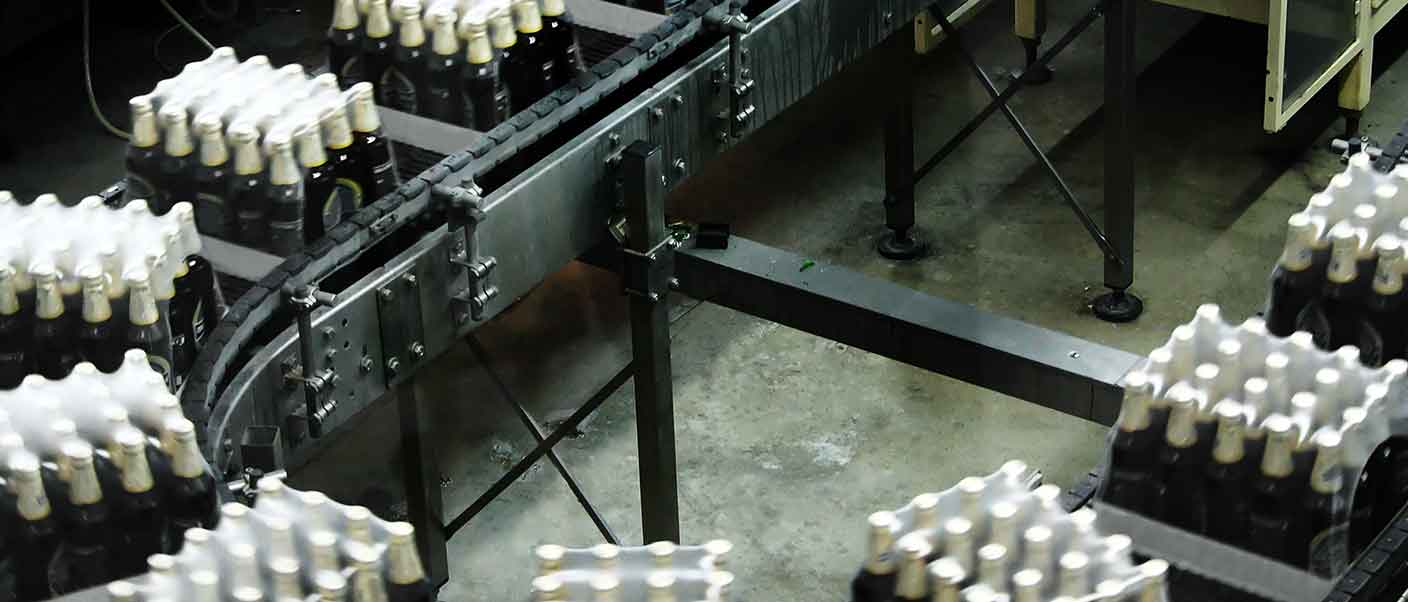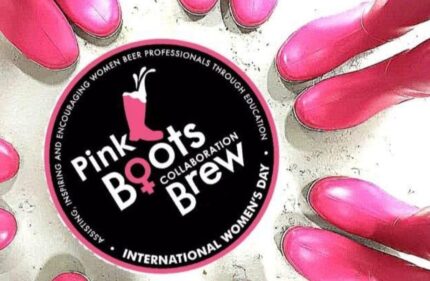Have you heard of the Agile methodology? It’s an agile and dynamic system for developing any project, and it’s now being implemented in and applied to the beverage sector.
Agile is much more than a simple methodology. It basically involves a new and more efficient way of carrying out research and development (R&D)
The emergence of new production lines with more natural formulas and recipes with no added sugars, of craft beers, along with a generational change in terms of tastes and preferences (we see it in the rise of vermouth, craft ciders and canned cocktails, etc.), has revolutionized the beverage market.
That generates the need for a new, more agile system that can address the demands of a sector as dynamic as the one that concerns us.
Let’s take a look at how this very effective method works and how it is being put into place in the beverage industry.
What is the Agile method?
Agile basically consists of a methodology for developing projects that require speed and flexibility.
It’s a new way of organizing and managing the work and functionalities within a process, such that each project is divided into parts to be completed and delivered in predefined short periods of time (normally weekly). In this procedure, prioritizing is essential, and the goal is to respond to each customer based on its changing and circumstantial needs.

Although this system has proven quite successful when applied to software development, it has been extrapolated to other sectors and lines of business, including the food and beverage industry.
Although it is a method that the participants can halt at any point in the project and which requires much more time during planning and preparation of the strategy, in the long run it reduces potential mistakes because it makes it possible to supervise and correct errors in the earlier phases.
In agile development, an R&D project is divided into phases under a very specific plan and in a defined time period.
Unlike traditional projects where the delivery of a product is done as a whole, in this case the objectives and deliveries are completed in stages.
Agile’s potential for making your craft beverage brand grow
The evolution of the market, the transformation and rise of online commerce, together with consumers’ needs and their desire to try new options, make creating and publicizing a craft beverage brand an exciting process that besides ingenuity also partly involves science.
This latter part is where the Agile methodology comes in, because being agile in processes and responding rapidly with different interconnected teams pursuing the same objective leads to success.

Among the objectives of the Agile methodology, we find:
- Optimization of data collection through the use of forms that enable ordering via mobile device.
- Standardization of practices through centralized scheduling and account management.
- Providing information for all the work teams to make the project visible in real time to monitor the evolution of the strategy and distribution of the product at all times. In this sense, it’s important to work in open environments where the members can freely express their ideas or possible areas for improvement.
Some examples of transformation
The transformation of the craft beverage sector with the implementation of the Agile method is becoming a reality in many companies.
For example, the Heineken IT department has already implemented new work and management methods using it.
This wave includes the successful strategy of Mahou San Miguel, which for some time has been using a new professional growth model based on giving people and its human capital a larger role in the development of processes.
Specifically, within its digital talent program, which is being developed in several digital areas, the Agile methodology is present.

Implementation of Agile is inherent in the business development area of Brew Hub.
With agile management, the objective is to achieve goals such as maximum transparency, coordination between the different areas of the hub, as well as the capacity to anticipate any eventuality or trend change.










Comments